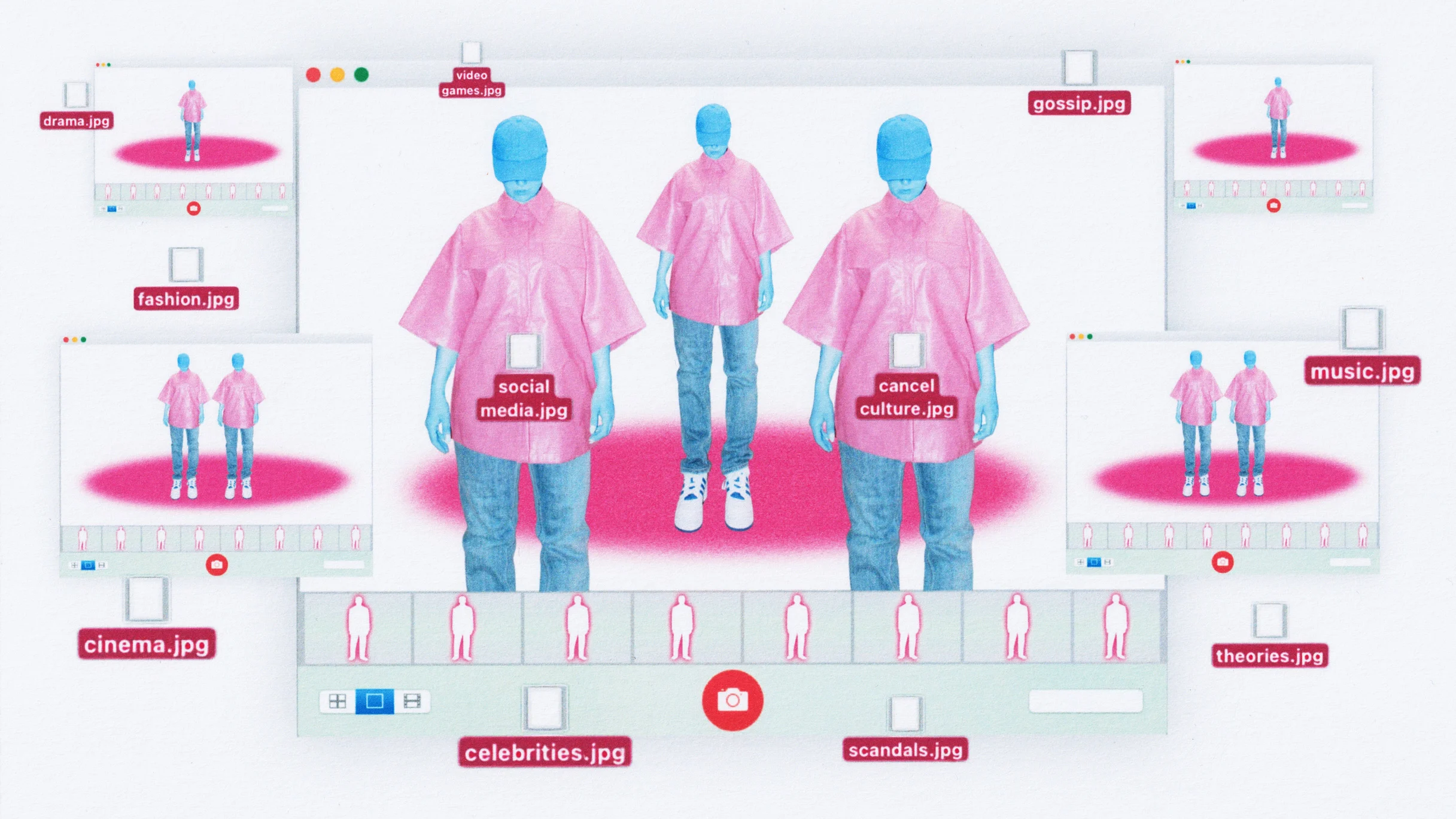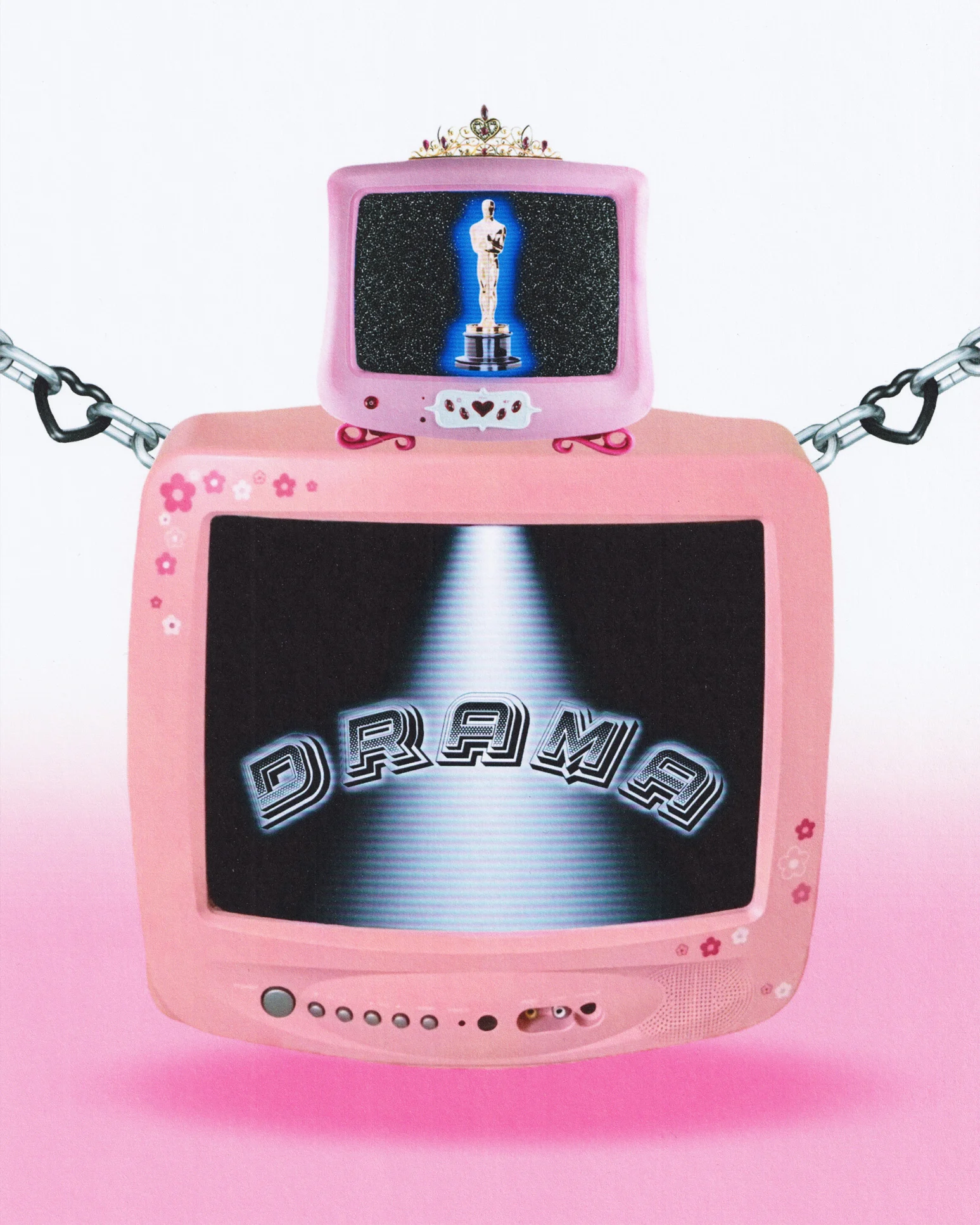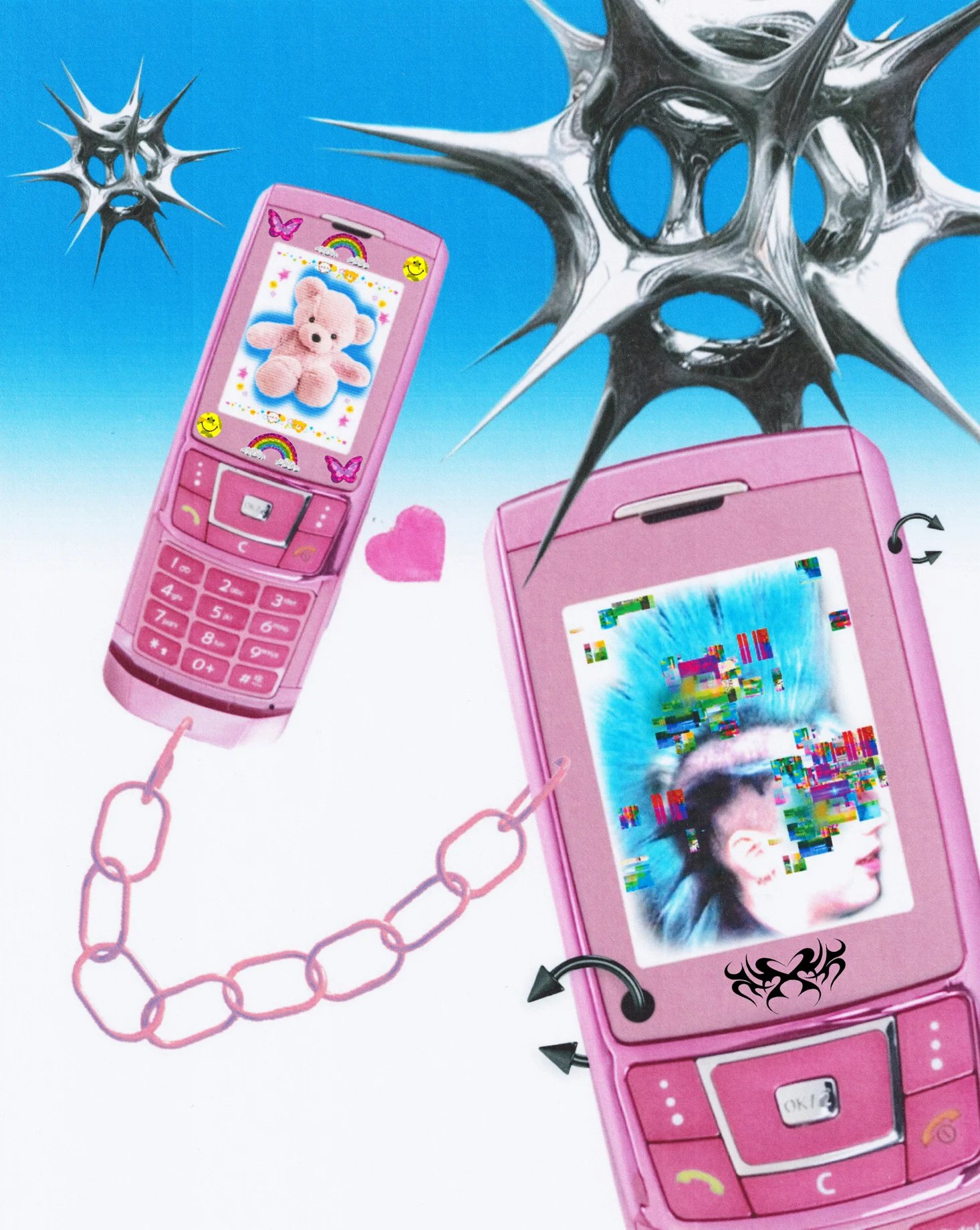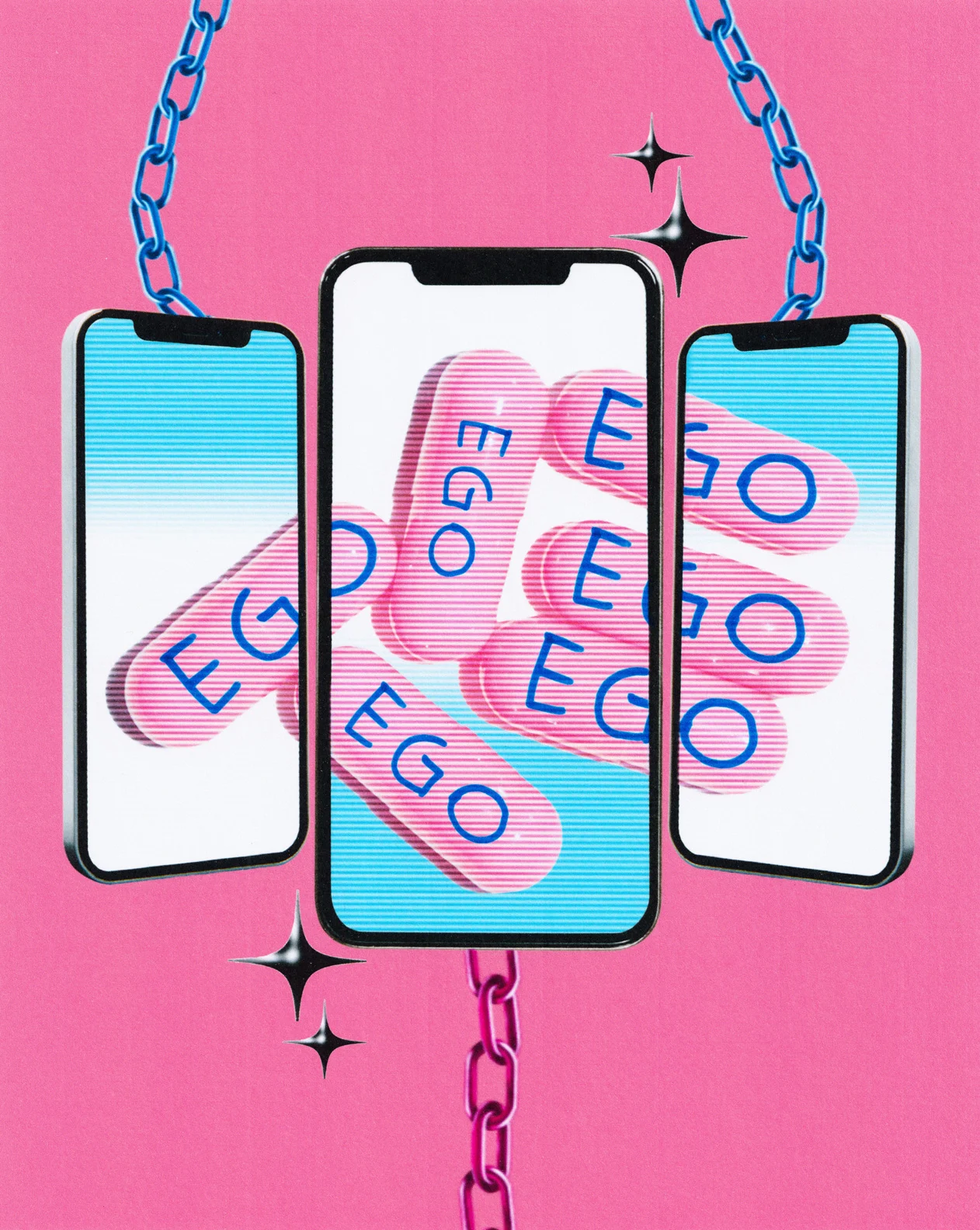

Thanks to social media, streaming, and endless Substacks, we’ve never had so much cultural content at our disposal. And yet nothing seems to truly break through the noise, making a lasting and wide-reaching impression—something former magazine editor Trey Taylor knows all too well.
There is an ancient Chinese practice called lingchi—a form of torture invented in 900 CE and employed all the way up until the early 1900s. As in the Taylor Swift song title, “Death by a Thousand Cuts,” victims, who are tied to a wooden frame in a public place, are slowly killed through the removal of body parts over an extended period of time to prolong suffering and humiliation.
Mainstream pop culture is being killed by lingchi. Culture itself continues its prosaic churn, unfolding primarily in niche communities and rearing its head with the occasional phenomenon that dominates online discourse for two weeks. But popular culture? I don’t know her. It’s unclear what popular means in this context, and I’m not alone in feeling this way. Articles declaring a “vibe shift” attempt to parse why nothing sticks. Over an immeasurable period, we’ve witnessed the fracturing of celebrity, the rise of social media, the proliferation of cancel culture, the gutting of print media and, throughout all this, an overwhelming amount of new content manufactured to break through the noise.

We seek out culture just as much as culture finds us.
Pop culture is no longer a monoculture. According to the traditional governing bodies that tell us where to direct our attention—the Grammys, Emmys, and Oscars—the best album of 2021 was recorded by an artist named Jon Batiste. (Who?) He got a 950% streaming bump following his Grammy win. “CODA” barely made an impression in theaters prior to winning the Oscar for Best Picture, and is available to stream exclusively on the world’s seventh most popular streaming service, Apple TV+.
Both wins were well-deserved, I think, according to the few tweets I saw from people who consumed these things, but did they penetrate beyond niche circles even after receiving these accolades? The most talked-about moment at the Oscars was when Will Smith slapped Chris Rock. It had nothing to do with celebrating achievements in film and everything to do with a scandal that involved one of the last cross-generationally famous movie stars—something many of the films up for awards notably lacked.

“Never heard the song of the year—definitely not anywhere in public or wafting out of a car radio. Never even saw a trailer for Best Picture. What caverns is pop culture released into now?” asked Sean Monahan, a trend forecaster, who co-founded art collective K-HOLE and helped mint the term “normcore.”
We all used to watch “Friends,” “Seinfeld,” or “Game of Thrones” (arguably the last show we watched together). Now we watch different iterations of the same Netflix dating shows—“The Ultimatum,” “Love is Blind,” “The Circle”—that were created by a nefarious algorithm, and take turns occupying the top spot on the Netflix Top 10. The most watched new TV series in the US last year was “The Wheel of Time” on Amazon Prime, a fantasy epic based on the Robert Jordan novels of the same name. It was a great show, but I enjoyed it mostly privately. The most consistently in-demand shows on HBO Max between July 2021 and April 2022 were not the ones you’ve likely seen, but DC Universe shows “Titans” and “Doom Patrol,” and a “Suicide Squad” spin-off called “Peacemaker.”
The last big book to crack the New York Times Bestseller list and make a dent in culture might have been Sally Rooney’s “Normal People.” If discussions about this cultural ephemera is happening somewhere, then I simply ask where so I can feel a part of something.
I would argue that we have mistaken our powers for our necessities, and continue to produce bad content because there is a proven hunger for it.
For years I’ve been telling myself that I have to keep up with the hamster wheel of culture for work, as if the primary value I bring to my job stems from knowing what is currently cool. As a former magazine editor at youth culture publications like Dazed, Interview,and The Face, it felt as if an invisible hand was forcing my eyeballs open to absorb absolute dreck on Netflix in my spare time to ascertain if it would hit with our readership. It was a war of attrition with myself, with one side arguing I enjoyed a show like “Outer Banks” and the other insisting this was a necessary evil. I spent an inordinate amount of time using my own intuition, coupled with insights from what was being read on our publication’s websites and pleading PR emails, to keep that hamster wheel turning at a clip. Sometimes I wonder if it was all worth it.

I would argue that we have mistaken our powers for our necessities, and continue to produce bad content because there is a proven hunger for it. As Miley Cyrus so aptly put it, “we can’t stop.” The options now are to disengage from the zeitgeist completely to finally achieve peace of mind, or fully submerge oneself into contemporary culture, overindulging while hemorrhaging brain cells. (The in-between—occupied by those rare beings who can selectively choose to listen to one buzzy podcast or watch one TV show before tuning out—is purgatory.)
The former choice leaves you not knowing what’s going on, with no entry points into dinner conversation when it turns to anything other than what is personally going on with you. It leaves you feeling increasingly isolated, like when your friends have babies and you’re still asking around to see who wants to attend a Grateful Dead concert. The latter is, frankly, as exhausting as endlessly scrolling on TikTok only to be constantly reminded that culture is now teens rediscovering horrors you’ve already lived through, like Tabi boots or The Cobrasnake.
The options now are to disengage from the zeitgeist completely to finally achieve peace of mind, or fully submerge oneself into contemporary culture, overindulging while hemorrhaging brain cells.
If you believe that the books, music, and films we consume are not culture in and of themselves, but rather that culture is more of an overarching aesthetic that exemplifies an entire period of time—the way punk was synonymous with the ’80s or indie sleaze (due for a return) the early 00s—then what is our current aesthetic? There is an inescapable obsession with inventing micro-trends among media folks who are desperate to name it. This is another symptom of magazine elites trying to gatekeep culture when the format is dead.
There have been whole articles written about a handful of TikToks that suggest we’re heading into “Short King Spring,” a season where men under six feet are suddenly deemed desirable. The impetus for this trend was a viral image of Tom Holland (who is 5’8″) being held at the waist by his much taller girlfriend, Zendaya. Other invented micro-trends include, but are not limited to, dinocore, glimmers, and something called “night luxe,” which is a trend defined by people eating steak and drinking martinis. I also recently heard about “bloke core,” the hottest new trend of 2022, which involves wearing a football jersey and jeans. What an idiotic fallacy.

One intriguing theory for the cause of pop culture’s death is that the majority of tastemakers died in the AIDS crisis, and they have been replaced by an inferior set. The New York author Fran Lebowitz made this point in Martin Scorsese’s 2010 film “Public Speaking,” lamenting the loss of a “very discerning audience, an audience with a high level of connoisseurship” that was as vital to New York’s cultural scene as its artists.
“When that audience died…it allowed of course the second, third, fourth tier to rise to the front. Because of course the first people who died of AIDS were the people who—I don’t know how to put this—got laid a lot. Now, imagine who didn’t get AIDS. Ok? That’s who was then lauded as the great artist.
“Everything has to be more blatant, more on the nose, broader, you know, because obviously [the audience of today is] not going to pick up little subtleties. Things in the culture…just got dumbed down, dumbed down, dumbed down—all the way down.”
Another less exciting theory is that there is a new tech class who have supplanted the cultural tastemakers. They emulate the decisions of Machievellian consiglieres like Elon Musk and think they’ve moved the needle of culture by purchasing things. They spend their weekends talking and trading crypto, comparing NFT collections, and posting to Reddit about meme stocks. To these Wall Street archetypes, pop culture’s lingua franca is the Bored Ape Yacht Club. And Musk seemingly has them thinking they can bag their own elfin pop star girlfriend and tank a company’s stock in a single tweet. Because we have been groomed to hate rich people who lean into evil, the media covers their moves exhaustively, tricking brands into thinking this is the new pop culture, when in fact it’s a Silicon Valley psyop for Big Tech dweebs to validate their own egos.

Brands are falling over themselves to mint NFTs and activate in the metaverse
Brands are falling over themselves to mint NFTs and activate in the metaverse in a bid to show up where consumers are already spending their time, increasingly widening the gap of reality between what their customers actually want and what appears to be driving pop culture. The most amusing example of this is Mark Zuckerberg’s announcement of Facebook changing its name to Meta by declaring we can all be whoever we want in the metaverse, before unveiling his digital avatar wearing the exact same Allbirds sneakers and shapeless fleece worn by the real life Zuck.
The last theory is also the least convincing, which is that nothing is original and people are less creative. Take any category of pop culture. Fashion, let’s say. Any exegesis will result in a discovery that everything seems derivative. Many of the famous models du jour are the daughters of former ones: Kaia Gerber, Bella and Gigi, current British Vogue cover star Lila Moss. Y2K fashion is trending—think dressing up to look like a “Rock of Love” contestant, complete with belly chain, cheetah print mini dress, and a Von Dutch hat. (Watch the accompanying Von Dutch documentary on Hulu. Not for you? Try the Abercrombie & Fitch one on Netflix.)
I take a more optimistic view, and believe that creativity is at an all-time high: Gen Alpha (those born after 2010) has built entire worlds on Roblox, Gen Z has used TikTok to become self-made business owners, and as part of the Great Resignation, the rest have surrendered corporate ladder-climbing in favor of pursuing their true passions—paycheck be damned. But our attention to that creative output is simply no longer focused using the same giant magnifying glass. We access conspicuous forms of social differentiation through a variety of channels—Netflix, TikTok, Substack—and we seek out culture just as much as culture finds us. It’s just that, by the time we’re met with it, it’s no longer popular.

